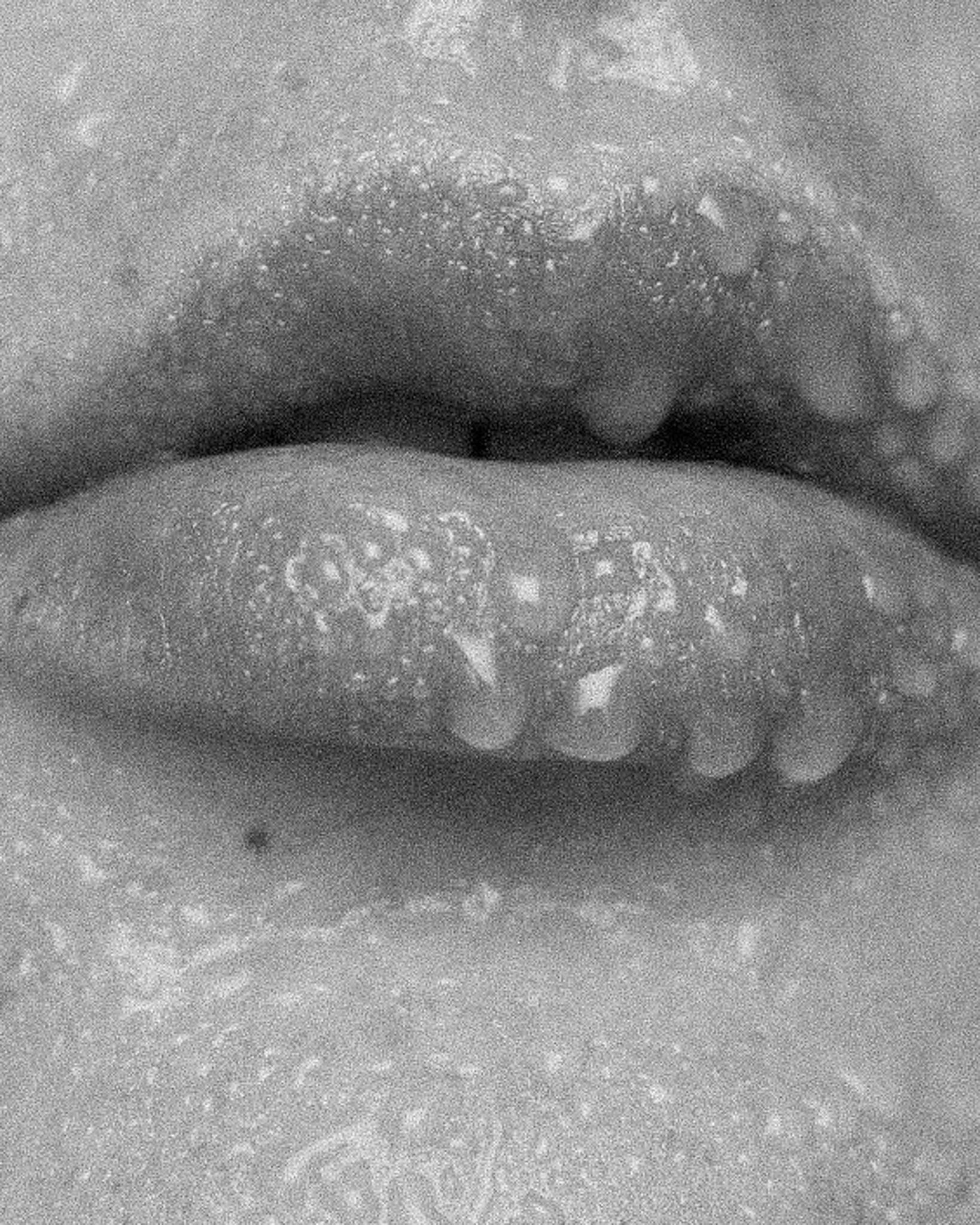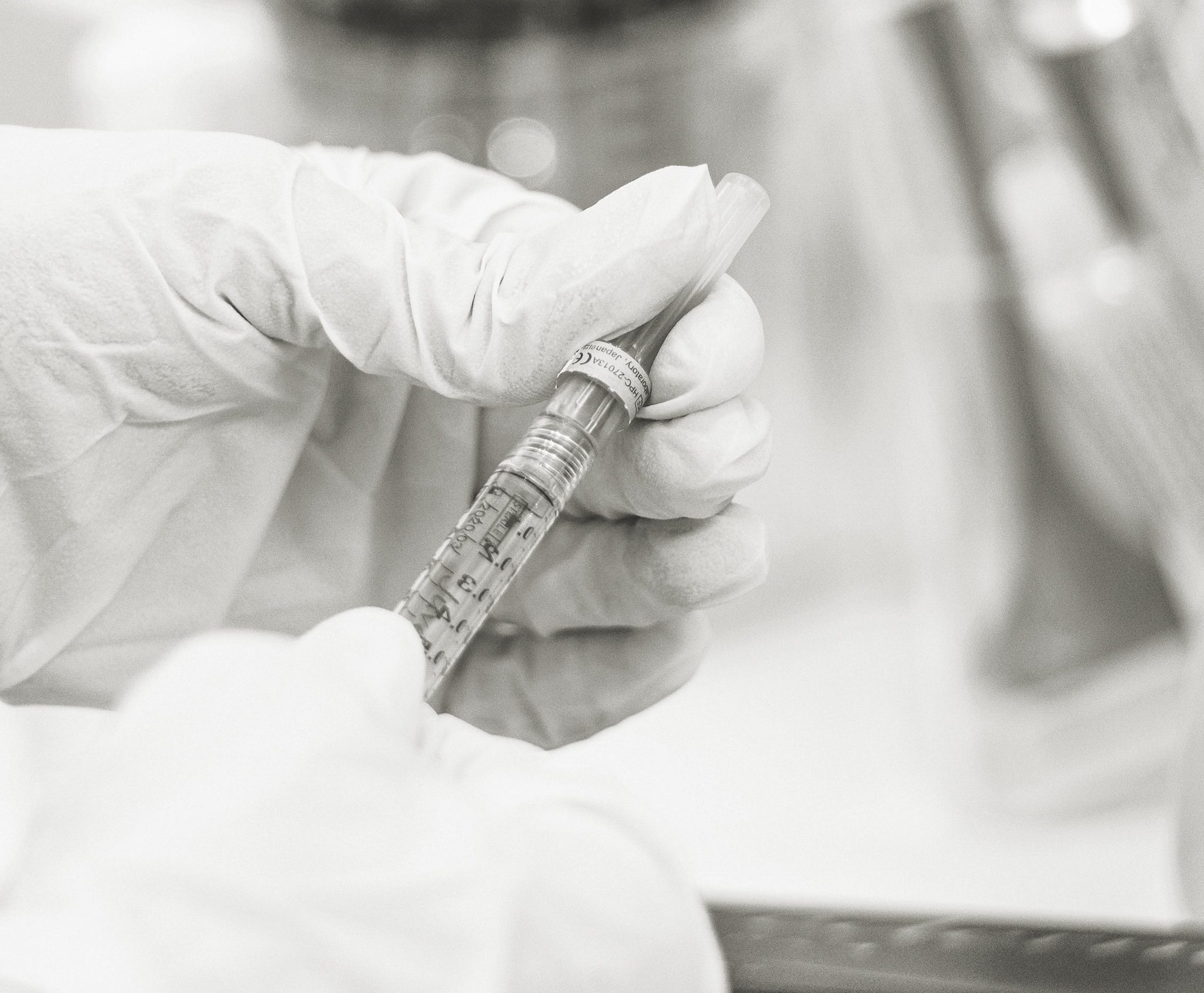Should I get fat dissolve or fat freezing?

Both are very effective treatments for eliminating stubborn pockets of fat.
Whereas fat dissolving is an injectable treatment that emulsifies and eliminates fat, fat freezing involves the application of vacuumed paddles that cool fat down to a temperature at which the body is triggered to naturally destroy its own fat cells.
So which one should I have where?
Good question! There is not necessarily a right or wrong answer here, however generally speaking fat dissolve is better for smaller areas, or on areas that are irregularly shaped and/or need a more customisable treatment. This is because with fat freezing we are limited to where we can treat by the size and shape of the machine handpieces, but also by the tissue which is being treated – it has to be sufficient enough to form a seal when suctioned, or the machine will not carry out the fat freeze cycle. So small, hard to reach, bony and/or adherent, more diffuse fat tissue may not be as effectively treated by fat freezing. Fat dissolve injections may be preferenced at sites where maintenance of contour is required – like on the outer thighs or the tops of knees. Here the fat pockets can be irregularly shaped, or in the case of the outer thighs if a uniform depth of fat is taken across the whole treatment zone, indentation might occur. Fat dissolve injections allow us to follow the shape of the treatment zone, and vary the efficacy of treatment i.e. by reducing the dose to the edges of the outer thigh fat pocket where fat density generally declines.
For most people the cost of each is comparable, though the downtime can differ.
Although fat freezing can cause some swelling and discomfort, this is an expected side effect of fat dissolve injections, where swelling can be quite pronounced for upto 2 weeks. In visible areas this can be a deterrent. Otherwise downtime is similar between the two treatments, and neither carry many true contraindications – though people allergic to soy should not have fat dissolve treatment and those with conditions triggered by cold, implanted electrical devices and/or herniation at the site of treatment should not have fat freezing.
Unfortunately neither treatment offers immediate results, there is a wait time of 6-12 weeks; though anecdotally we feel most people see the results of fat dissolve injections slightly earlier than fat freezing. The final deciding factor may come down to how much time you have in your day. A treatment session of fat freezing (does two zones) takes 70 minutes, whereas the procedure time for fat dissolve injections is as fast as 15.
Whatever the choice you decide with your artisan, we love both technologies and the permanent, life-changing results they deliver. If you are curious about either fat freezing or fat dissolve injections, jump onto our website and book a free consultation at www.aescend.com.au/bookings


